From the Chicago Reader (January 23, 2004). Although I don’t want to begrudge Errol Morris his Oscar, I do wish he’d had more to say in this film about political choices with some bearing on the present. — J.R.
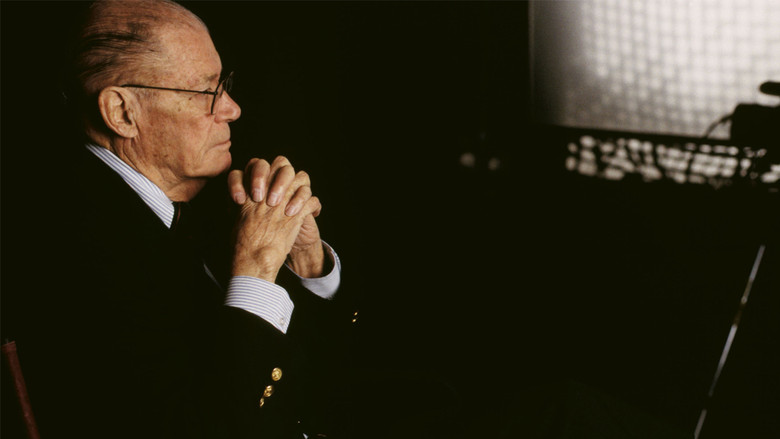
The Fog of War ** (Worth seeing)
Directed by Errol Morris.
In The Fog of War, Errol Morris interviews an 84-year-old Robert S. McNamara, who served as secretary of defense under presidents Kennedy and Johnson and is widely regarded as the architect of the American war in Vietnam. There’s something undeniably masterful about the film, which also includes archival footage, but that mastery is what sticks in my craw: it’s a capacity to say as little as possible while giving the impression of saying a great deal, a skill shared by McNamara and Morris. I’m not sure what we have to gain from this — the satisfaction that we’re somehow taking care of business when we’re actually fast asleep?
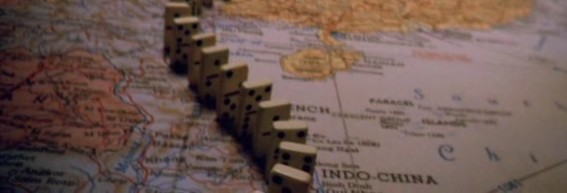
This sleight of hand takes many forms, including the film’s title, repeated shots of dominoes lined up on a map of southeast Asia, and the “eleven lessons from the life of Robert McNamara” dispensed in intertitles to introduce the various segments — portentous platitudes ranging from “Rationality will not save us” and “Maximize efficiency” to “Get the data” and “Be prepared to reexamine your reasoning.” Read more
From the Chicago Reader (May 29, 2000). — J.R.
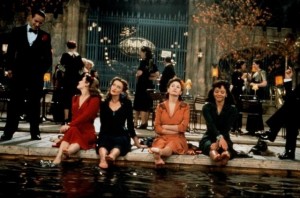
Whether Kenneth Branagh deserves to be regarded as the successor of Laurence Olivier — or even Franco Zeffirelli — when it comes to Shakespeare is far from settled, but this misguided version of one of the Bard’s best comedies strongly suggests he’s the successor of Ed Wood when it comes to musicals. Set in 1939, on the eve of World War II, his feeble attempt to do a 30s musical is so poorly conceived, staged, and edited that it nearly rivals Mae West’s last opus, Sextette. (Peter Bogdanovich’s reviled At Long Last Love is a masterpiece by comparison.) The only performer who emerges unscathed from the clunkiness is dancer Adrian Lester, and so many of Shakespeare’s lines are hacked away to make room for songs by Porter and Berlin that the play is enfeebled in the bargain. Others in the cast include Alessandro Nivola, Matthew Lillard, Natascha McElhone, Alicia Silverstone, Nathan Lane, Carmen Ejogo, Emily Mortimer, and Stefania Rocca. 93 min. (JR)
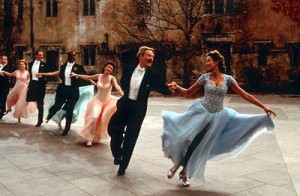 Read more
Read more
From the Chicago Reader (July 30, 2004). — J.R.

Outfoxed: Rupert Murdoch’s War on Journalism
Directed by Robert Greenwald.
DVDs are bringing about rapid and substantial changes in the way we consume movies, and in film culture itself. A case in point is Robert Greenwald’s Outfoxed: Rupert Murdoch’s War on Journalism, which premiered July 13 on DVD and video rather than in theaters. You could have seen it at one of more than 3,000 “house party” viewings organized by MoveOn.org two Sundays ago, or you can just buy it online for $9.95 plus shipping as I did. There must be lots of others like me, because Outfoxed has been Amazon’s top-selling video title for over a week now, and the last time I looked it had 133 customer reviews.
Watching the muckraking examination of the Fox News Channel at home had its advantages: as soon as it was over, I was able to switch directly to Fox to see if it really was as awful as Greenwald’s documentary maintained. (It was.) There are also advantages to keeping a DVD like this on the shelf: you can refer back to certain points in the film for clarification. And facts aren’t all you might want to go back to: if it’s an art film, for instance, you can jump to a favorite passage — a camera movement, a facial expression, a composition, or the delivery of a line of dialogue — the same way you can open a book to revisit some favorite lines of poetry. Read more
From the Chicago Reader (June 24, 2004). — J.R.
Fahrenheit 9/11
*** (A must-see)
Directed and written by Michael Moore.
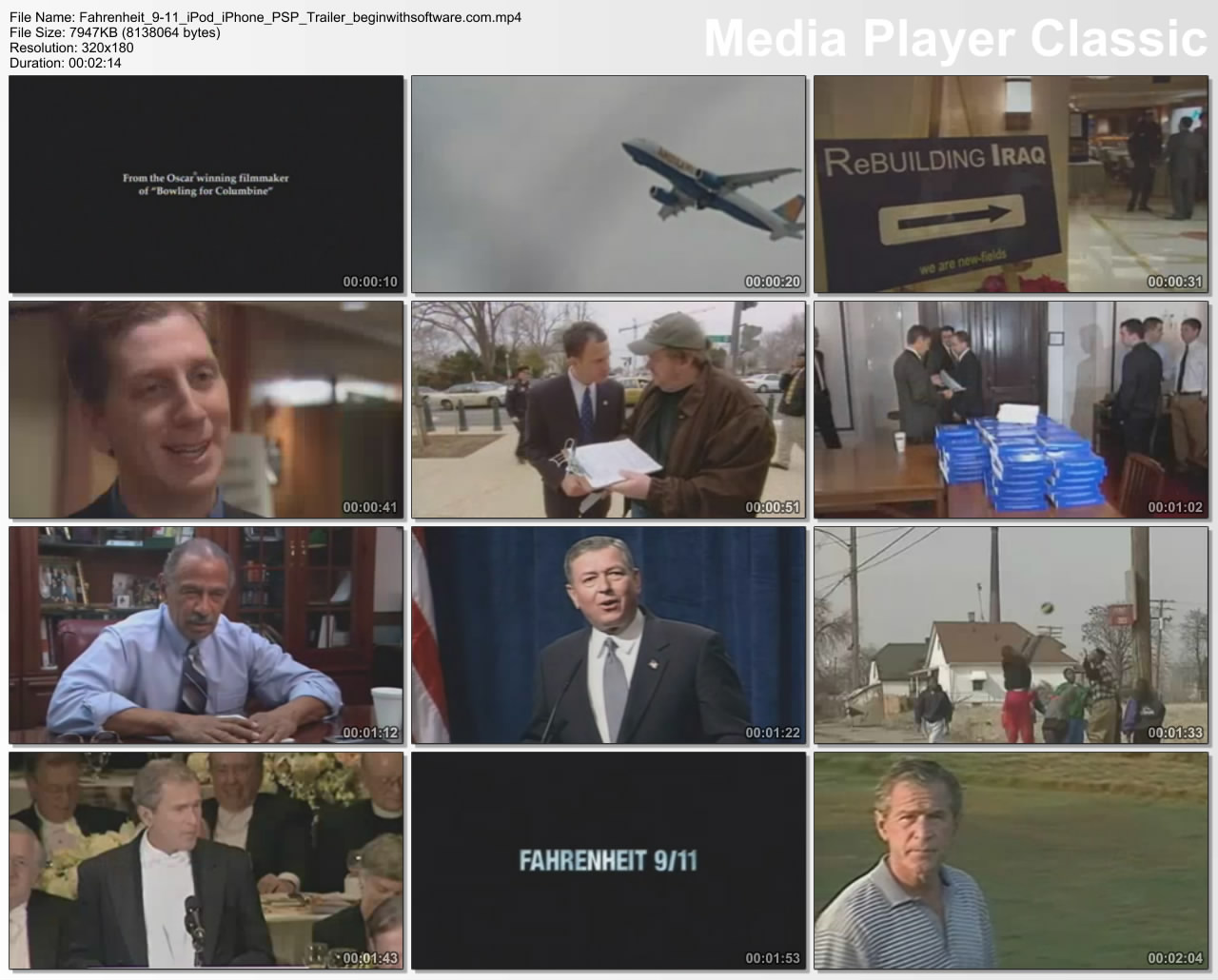
It’s bracing to see the documentary coming into its own these days, generating some of the excitement and interest that accompanied foreign (mainly European) pictures back in the 60s, when there were far more independent theaters to show them. But the New Wave and its many tributaries were perceived by critics and audiences largely as a revolution in style; the new explosion of interest in documentaries has more to do with content. Think of the broad range of subjects covered in the past few years by ABC Africa, Bowling for Columbine, Oporto of My Childhood, Joy of Madness, Stevie, The Same River Twice, Capturing the Friedmans, and My Architect: A Son’s Journey. This year alone has brought such diverse explorations as El Movimiento, The Fog of War, Les modeles de “Pickpocket,“ Super Size Me, Ford Transit, Control Room, and Route 181: Fragments of a Journey in Palestine-Israel.
Michael Moore’s Fahrenheit 9/11, the most explosive of the lot, has enjoyed the biggest buzz of any film released this year, especially after winning the top prize at the Cannes film festival in May (from a jury that was more American than French). Read more
From the Chicago Reader (September 1, 1999). My thanks to the Video Data Bank for enabling me, (finally, recently) to see this film a second time. — J.R.

This 1998 Caspar Stracke feature is one of the rare experimental films in 35-millimeter, and though I could preview it only on video, it kept me fascinated even in that format. Stracke describes it as moving in a circle with neither a beginning nor an end; in the version I saw, the credits come in the middle. A lecture on the philosophical and psychoanalytic implications of the invention of the telephone by theorist Avital Ronell eventually turns into a story in black and white about a woman who has a lotus blossom growing in her left lung; at different times this film comes across as documentary, essay, performance art, and silent throwback (complete with intertitles and irises), and the capabilities and rhetoric associated with both computers and VCRs play a part in the continuously shifting and evolving discourse. (JR)
 Read more
Read more
From the Chicago Reader (May 28, 1999). — J.R.
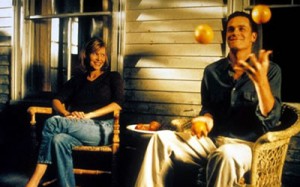
A tender and sometimes very funny romantic comedy set in a New England seaside town, this is also something of a parable about what overheated summers can do to romantic imaginations. An unsigned love letter falls into the hands of various individuals who make creative assumptions about the author and intended recipient; many of them work at a secondhand bookstore. I suspect that a fair amount of the wit derives from Cathleen Schine’s source novel, but producer and lead actress Kate Capshaw (who plays the owner of the bookstore and has never been better), director Peter Ho-sun Chan (Comrades, Almost a Love Story), and screenwriter Maria Maggenti (who wrote and directed The Incredibly True Adventures of Two Girls in Love) make a wonderfully harmonious team. The other featured actors — Ellen DeGeneres, Tom Selleck (also at his best), Tom Everett Scott, Blythe Danner, Geraldine McEwan, and Julianne Nicholson — all seem to be on the same wavelength as well. (The music by Luis Bacalov also is quite appealing.) At times Chan’s quirky direction fudges the storytelling, but I didn’t mind. Esquire, Gardens, Lake, Norridge, Webster Place.
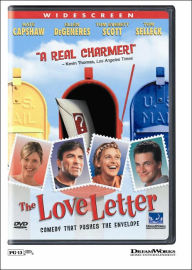
— Jonathan Rosenbaum
Art accompanying story in printed newspaper (not available in this archive): film still. Read more
From Felix (published by the European Film Academy) no. 5, 25 November 1994, where it appeared both in English and in German translation, as part of a special section called “The Vanishing Critic”. That title seems prescient in some respects; in many other ways, however, this whole piece seems very dated now. –- J.R.
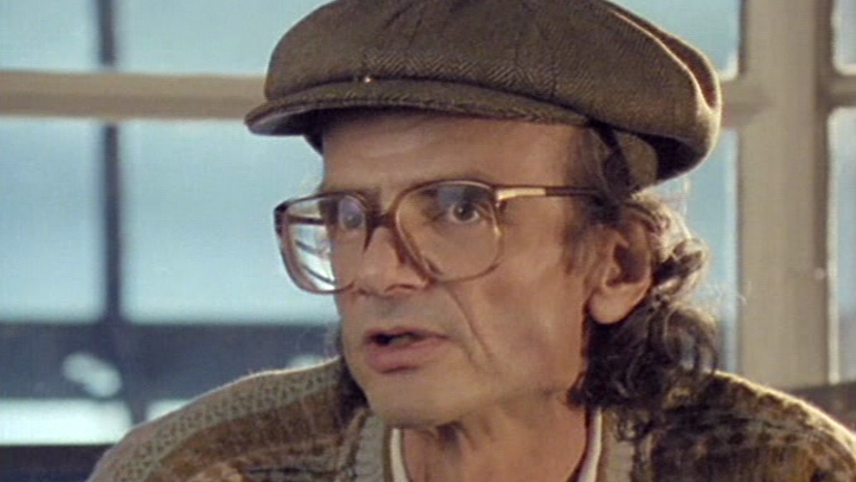
One factor in particular seems to distinguish the situation of film critics in the United States from the situation of film critics elsewhere: that for the past twenty years or more, many of them have been treated like stars. This isn’t to say that the same syndrome hasn’t appeared elsewhere in different forms. During the last year or so of his life, the late Serge Daney achieved a kind of celebrity in France that is certainly related to stardom. But the notion of the intellectual star critic — the sort of fame that has accompanied European figures such as Sartre, Barthes, and Eco, and which formed Daney’s late career to a lesser extent — is not readily translatable into a stateside context, apart from a handful of figures mainly identified in the U.S with Europe, such as Gore Vidal and Susan Sontag.

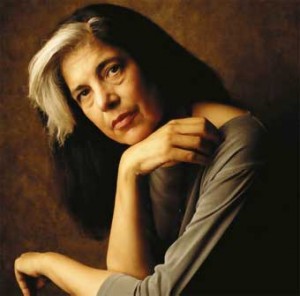
What I’m thinking of, rather, are two separate kinds of star status achieved by American film critics since the 1970s. Read more
From the Chicago Reader (September 14, 2007). –J.R.
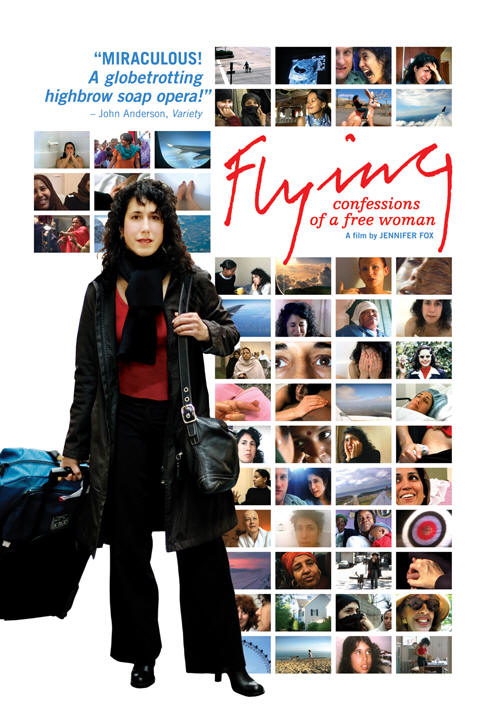
FLYING: CONFESSIONS OF A FREE WOMAN ***
DIRECTED AND WRITTEN BY JENNIFER FOX
There’s something nervy about the way Jennifer Fox, in her new autobiographical six-part, six-hour miniseries, showing this week at the Gene Siskel Film Center, tries to combine her life, her art, and her politics. Made with funding from the Danish Film Institute over a four-year period ending in late 2006, Flying: Confessions of a Free Woman recounts the privileges, confusions, and self-examinations of Fox, a Manhattan-based filmmaker in her mid-40s who grew up associating her freedom with being like a boy, feeling much closer to her permissive father than to her disapproving mother, and never having the slightest interest in getting married or (until recently) having kids.

Known for such PBS documentaries as Beirut: The Last Home Movie (1987) and An American Love Story (1999), a miniseries about the everyday life of an interracial couple, Fox does a fair amount of globe-trotting, and during the time frame of Flying she’s juggling two lovers on separate continents who know about each other. The less serious relationship is with Patrick, a Swiss-German cinematographer she sees more often, mainly in New York (he’s credited as the film’s “technical supervisor”). Read more
From the Chicago Reader (January 2, 2004). — J.R.
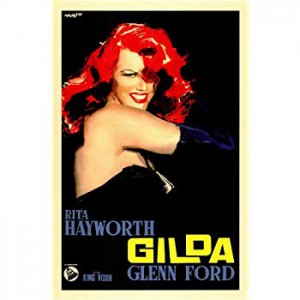
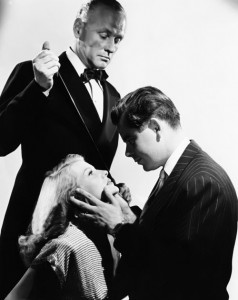
André Bazin reportedly once hypothesized that if Hollywood were the court of Versailles, Gilda (1946) would have been its Phedre — which may just be a fancy way of pointing out the enduring greatness of a campy melodrama that, from certain points of view, isn’t even very good. Directed by Charles Vidor, memorably shot by Rudolph Maté, and written by Marion Parsonnet, it’s set in a highly fanciful Buenos Aires (with mountains), where a professional gambler (Glenn Ford) goes to work for a casino owner (George Macready) who then marries the gambler’s old flame (Rita Hayworth), thereby setting off the sickest and weirdest bout of repressed love and hatred (both hetero- and bisexual) you ever saw. And Hayworth, whether she’s performing “Put the Blame on Mame” (dubbed by Anita Ellis) or just being her glamorous self, was never more magnificent. With Joseph Calleia and Steve Geray. 110 min. (JR)
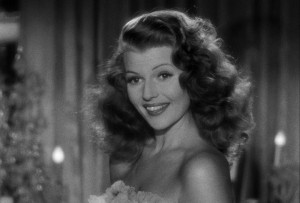
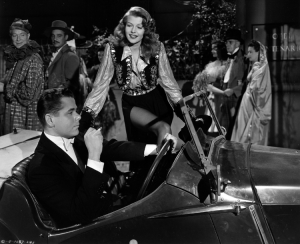 Read more
Read more
Written for FIPRESCI’s web site (fipresci.org) on November 7, 2012. — J.R.

The potential everyday glibness of journalism is surely one of the key factors that distinguishes film reviewing from film criticism. This was painfully brought home to me shortly after reseeing at the Viennale the 150-minute version of Kenneth Lonergan’s remarkable Margaret, the winner of my jury’s FIPRESCI prize, almost a year after first encountering the film at the Gene Siskel Film Center in Chicago. In between these two viewings, I saw Lonergan’s 186-minute cut of the same film on a Blu-Ray containing both versions of the film, prompting me to write the following paragraph in my latest column for the Canadian quarterly Cinema Scope:
“I’m grateful to Kenneth Lonergan for clarifying in interviews that the 150-minute Margaret, which I saw in December 2011 and the 186-minute cut, which I saw in July, are both ‘director’s cuts,’ and now that Fox has released both in one Blu-Ray package, it’s hard to say which version I prefer. Both are brilliant messes and finely distilled renderings of the New York Jewish upper-middle-class zeitgeist circa 2003, regardless of whether one regards Anna Paquin’s teenage heroine as someone to identify with (apparently the writer-director’s position), or as monstrous, or as both (my position). Read more
From the Chicago Reader, May 14, 1999. —J.R.
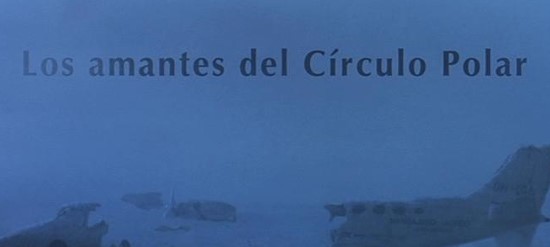
The Lovers of the Arctic Circle
Rating *** A must see
Directed and written by Julio Medem
With Fele Martinez, Najwa Nimri, Nancho Novo, Maru Valdivielso, Peru Medem, Sara Valiente, Victor Hugo Oliveira, and Kristel Diaz.
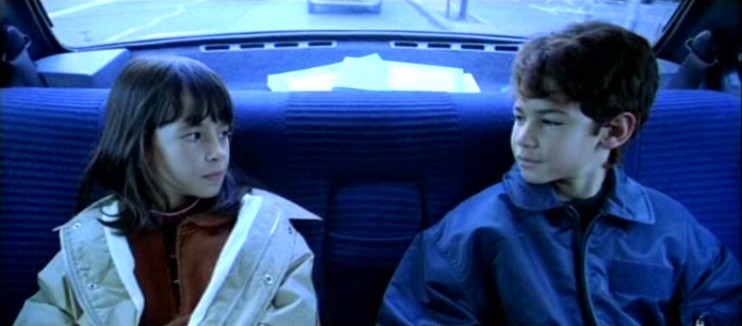
Julio Medem’s fourth feature is a love story spanning 17 years — from the time Otto and Ana first meet, as children in a Spanish school yard, to their improbable reunion in the wilds of northern Finland when they’re 25. But the film starts at the end rather than the beginning, and like the names of the two characters, the story can be read backward as well as forward. That story is told by Otto and Ana in alternate bursts, inflected mainly by how Otto views Ana and vice versa, skipping back and forth in time. To make things trickier, the two versions of what happens are sometimes at variance.
When The Lovers of the Arctic Circle joined Open Your Eyes at the Fine Arts last week, it became possible to conclude, with a sigh of relief, that the age of Pedro Almodovar was finally over. I don’t mean that Almodovar won’t continue to make movies or get American distribution, but that his brand of smart-aleck entertainment will no longer have to stand for the whole of Spanish cinema. Read more
From the Chicago Reader, April 2, 1999. —J.R.
Destiny
Rating *** A must see
Directed by Youssef Chahine
Written by Chahine and Khaled Youssef
With Nour el-Cherif, Laila Eloui, Mahmoud Hemeida, Safia el-Emary, Mohamed Mounir, Khaled el-Nabaoui, Abdallah Mahmoud, and Ahmed Fouad-Selim.
The Adopted Son
Rating *** A must see
Directed by Aktan Abdikalikov
Written by Abdikalikov, Avtandil Adikulov, and Marat Sarulu
With Mirlan Abdikalikov, Albina Imasmeva, Adir Abilkassimov, Bakit Zilkieciev, and Mirlan Cinkozoev.
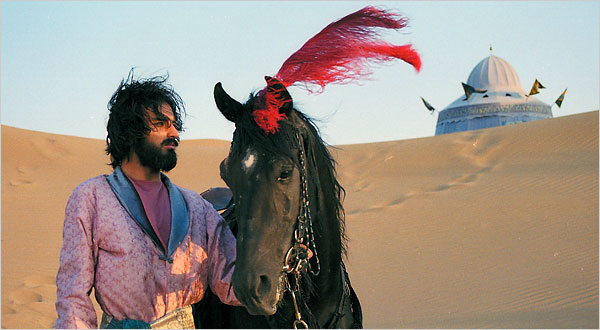

Apart from their exoticism, Youssef Chahine’s Destiny and Aktan Abdikalikov’s The Adopted Son don’t have much in common. Destiny is the 35th film by Chahine, a 73-year-old writer, director, and sometime actor who’s generally agreed to be the major figure in the history of Egyptian cinema. His subject here is Averroes (1126-1198), a dissident Spanish-Arab philosopher best known for his commentaries on Aristotle, and his film resembles a Hollywood period spectacular — exuberant, packed with action, and positively overflowing with energy. The Adopted Son is both the first independent feature ever made in Kyrgyzstan — a former Soviet republic in central Asia — and the first feature of 42-year-old writer-director Abdikalikov, who cast his own teenage son in the title role. It’s shot mainly in an exquisitely modulated black and white, though it periodically shifts to color, always with great dramatic effect. Read more
From the Chicago Reader (December 21, 1990). — J.R.
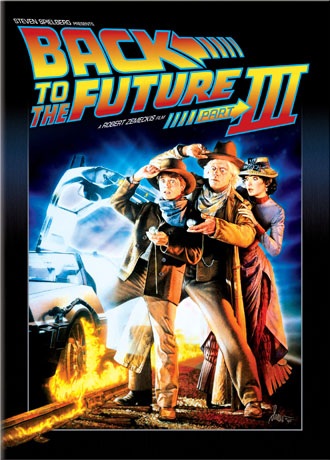
If my paranoid suspicions are correct, Hollywood has embarked on a 12-year plan regarding the public consumption of trailers. The plan, which has become fully apparent to me over the past year, will come to fruition in the year 2000, and its basic goal, as I see it, is to turn movies themselves into full-fledged commercials that people will pay money to see.
When Back to the Future II ended with a trailer for Back to the Future III, it was a harbinger of what’s to come. The ever-increasing proliferation of sequels has already accustomed the public to the notion that any hit movie eventually becomes, at least retroactively, an advertisement for its inevitable successor. Now, through a three-point program that might be termed standardization-infiltration-expansion, Hollywood is force-feeding us a diet of trailers in an apparent effort to alter our modes of perception. Most movie trailers are now designed to resemble one another as closely as possible, from the discontinuous, scattershot cutting to the near-subliminal card of credits flashed at the end. They appear in a variety of fresh contexts — at the beginning and end of videotapes, on “commercial-free” cable channels, and as integral parts of some features, like the aforementioned Back to the Future II — and they crop up so repeatedly in their more traditional venues, in movie theaters and on network TV, that we may come to know certain trailers as intimately as we know certain family members. Read more
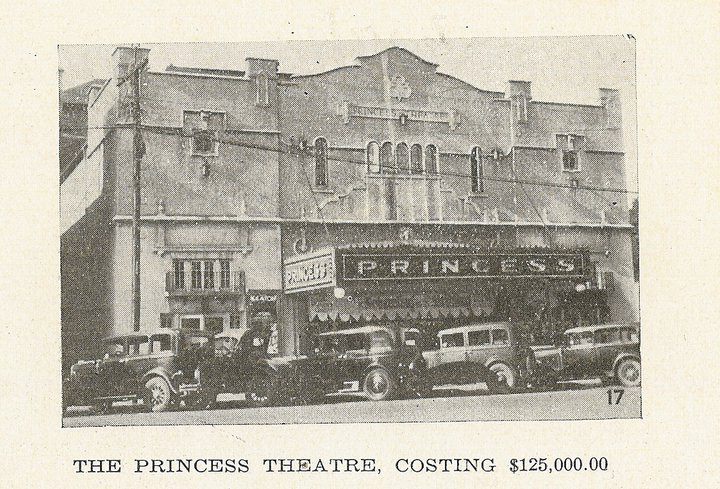
I’m terrible when it comes to dating cars from any period, especially during the early part of the 20th century. According to my memoir Moving Places: A Life at the Movies (1980), which I researched pretty thoroughly back in the late 1970s, “The Florence Princess, an $85,000 Opera House, [opened] triumphantly on Labor Day, September 1, 1919” (see pp. 180-181 in the book for more details). But according to this newspaper photo — which I don’t recall ever having seen before, posted by Betty Terry on “Remembering Florence” (a Facebook page) last November — it cost $40,000 more than that; and according to a news clipping that went with it (see below), which she posted about a week later, it opened, apparently in some other form, in 1925. An abiding mystery…but of course we can never get very far by believing what’s printed in newspapers, then or now, even when that’s all we have left. Because newspapers are largely generated and sustained by advertising, and it’s typically the job of advertising to make things sound brand-new even when they’re simply or merely upgraded. [1/16/2012]
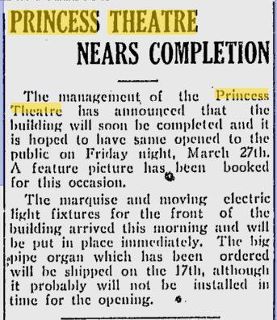 Read more
Read more
From the Chicago Reader, May 18, 2001. — J.R.

Normally, viewing 16 shorts in a row is a bit like following ice cream with pickles, cheese dip, key lime pie, lima beans, bread pudding, and spinach. But this lineup is relatively homogeneous in its strangeness — evident in the actor’s monologue filmed by children that constitutes David Cronenberg’s 35-millimeter Camera (2000, 6 min.), Joshua Pritzker’s weird animation Small Car (7 min.), Jim Finn’s Communista (a compilation of three songs), and most of all, Todd Rohal’s wildly surrealist Knuckleface Jones (1999, 13 min.), which offers the most peculiar and dreamlike cross-gendered sex I can recall seeing. There are more surrealist high jinks in the other animated shorts, some featuring puppets and clay animation, plus an experimental black-and-white documentary (Trevor Arnholt’s 13-minute digital video The Composer) and a parodic trailer starring Eric Stoltz and Tate Donovan (Paul Harrison’s Jesus and Hutch). The program runs about 95 minutes, and overall it’s not a bad lineup. Biograph, Friday, May 18, 8:00, and Sunday, May 20, 1:00.
— Jonathan Rosenbaum
 Read more
Read more





























